7 Minutes
Introduction: The Astonishing Migration of the Bogong Moth
Each spring, billions of bogong moths (Agrotis infusa) embark on one of the most remarkable insect migrations in the world. These tiny nocturnal travelers, each with just a 5-centimeter wingspan and a brain smaller than a grain of rice, journey up to 1,000 kilometers (over 620 miles) across the Australian continent. Their destination is the cool alpine caves high in the Australian Alps—a place they have never visited before. There, bogong moths enter a dormant state called aestivation, waiting out the harsh summer before returning to lower elevations to breed and begin the cycle anew. The question that has fascinated scientists for decades: how do moths with such a short lifespan and no previous experience manage to find their way with such precision?
The Role of the Night Sky in Insect Navigation
For many long-distance migratory animals, navigation is a complex process involving multiple sensory cues. Some species, including birds and sea turtles, are well-known for their ability to detect Earth's magnetic field. Others use visual markers, such as the Sun, Moon, or prominent landmarks. Previous studies suggested the bogong moth might use a combination of magnetoreception (sensing magnetic fields) and visual cues to chart its course. However, recent ground-breaking research indicates that these moths are able to orient themselves using nothing more than the star-filled night sky—a feat never before demonstrated in any insect species undertaking such a long nocturnal journey.
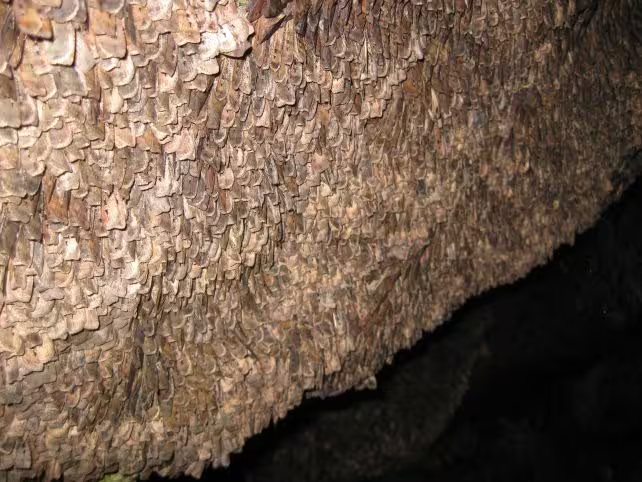
Historic Discovery: Experiments That Changed Our Understanding
A team of international researchers led by neuroscientist Andrea Adden of the Francis Crick Institute and zoologists David Dreyer and Eric Warrant of Lund University designed a series of meticulous experiments. By using a Helmholtz coil system to cancel Earth's magnetic field, they were able to test whether bogong moths could still orient themselves on their migratory path in the absence of geomagnetic cues. Inside vacuum chambers, scientists projected authentic images of starry skies and monitored the moths' behavior. Remarkably, the moths continued to fly in seasonally appropriate migratory directions, proving that the stars alone could guide their epic nocturnal flights.
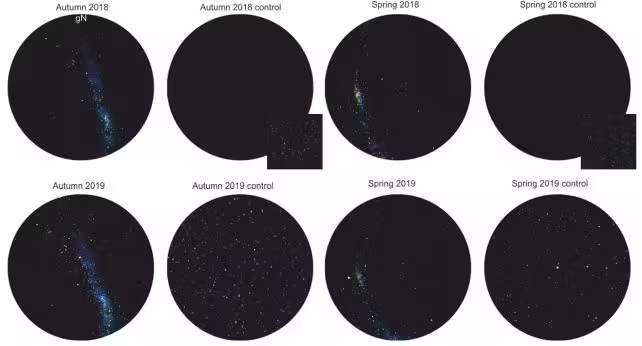
Inside the Insect Brain: Unlocking the Secrets of Stellar Navigation
To further probe how bogong moths process celestial signals, researchers recorded electrical activity within the moths' brains. Single-cell electrophysiology allowed the team to insert ultra-thin glass electrodes into specific neural regions connected to navigation. As they rotated a projected image of the starry sky, certain neurons responded dynamically to changes in orientation. Out of dozens of neurons measured, around 28 were particularly sensitive to the orientation of stars, not merely to randomized patterns or other controls. This neural activity demonstrates a direct, physiological basis for celestial navigation in these moths.
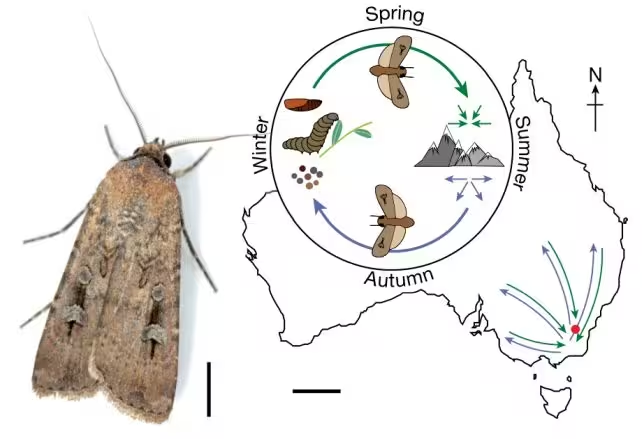
Comparing Bogong Moths to Other Animals With Stellar Skills
Celestial navigation is not unique to bogong moths. Dung beetles, for instance, use a mental map of the night sky to move away from competition at their dung piles, though their journeys are short and direction is relatively unimportant. By contrast, bogong moths must maintain a precise heading over multiple nights, often compensating for shifting wind currents and the apparent movement of stars due to Earth's rotation. Eric Warrant explains, “The bogong's journey is much higher stakes. They must account for celestial rotation. If a moth bases its heading on a single sky cue such as the axis of the Milky Way, it must constantly adjust its trajectory to fly a true straight line over vast distances.”
Implications: Hardwired Migration Routes and the Limits of Insect Brains
One of the greatest mysteries is how insects with such tiny brains can process and integrate complex navigation information. The bogong moth's annual round-trip migration is made more astonishing because each generation is new—no moth has ever previously made the journey. The findings strongly suggest that migration routes are genetically encoded and that neural circuits evolved to process stellar information with impressive sophistication.
Importantly, the experiments also revealed that in the absence of magnetic cues, the bogong moths remain capable of correct migratory orientation using only stellar fixes. As David Dreyer puts it, "It is truly amazing that such a small-brained, lightweight insect can travel over 1,000 kilometers at night, possibly just by reading the stars."
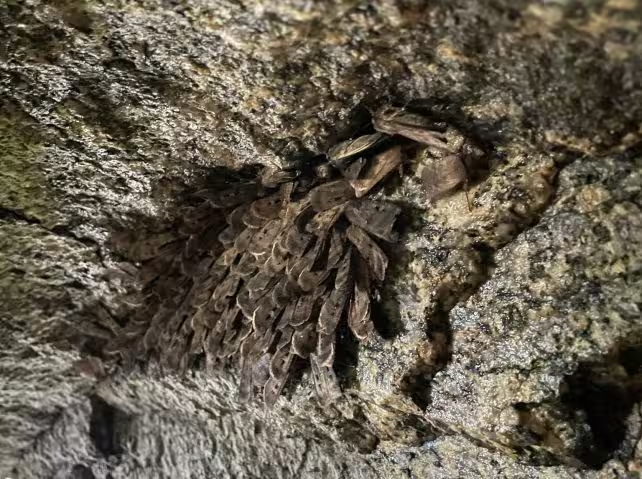
Challenges and Future Research: Decoding the Navigation Toolkit
Despite major advances, open questions remain. For example, which specific features of the night sky do bogong moths use for orientation? Do they rely on prominent constellations, the Milky Way's band, or particular star clusters such as the Carina Nebula? As Eric Warrant notes, "Our next challenge is to understand what sensory cues indicate to the moths that they've reached their destination, and how magnetic and stellar information are merged within their neural circuits."
The research team plans to combine further behavioral studies with advanced neurobiology. Technological developments, including tracking microchips and further electrophysiological mapping, will help unravel how such a tiny brain can solve such a complex navigational problem. These insights could inform artificial intelligence, autonomous robotic navigation, and enhance our understanding of animal spatial cognition.
Broader Context: Celestial Navigation Across the Animal Kingdom
Bogong moths are far from alone in their use of the night sky. Humans have looked to the stars for millennia, from Polynesian wayfinding to ancient mariners. Many migratory birds use starlight for navigation, while certain species of seals, frogs, and other insects are also suspected celestial navigators. Nevertheless, the sheer scale and accuracy of the bogong moth's migration stand out—even among nature's most impressive travelers.
This discovery also highlights the extraordinary diversity of natural navigation systems and raises questions about the potential vulnerability of such behaviors in a rapidly changing world. Light pollution, climate change, and habitat disruption all threaten migratory insects. Understanding their migration can inform conservation efforts and inspire technological innovation.

Conclusion
The revelation that bogong moths can navigate by the stars represents a milestone in our understanding of animal migration and navigation. Through innovative experiments that neutralized Earth's magnetic field, scientists have proved that these insects rely on the night sky to guide their epic, multigenerational journeys. This research not only deepens our appreciation for the capabilities of the humble bogong moth but also broadens our perspective on the power and elegance of evolutionary solutions to life's challenges. As future research unlocks more about this celestial compass, the story of the bogong moth will continue to inspire wonder and advance the frontiers of biology, neuroethology, and space science.


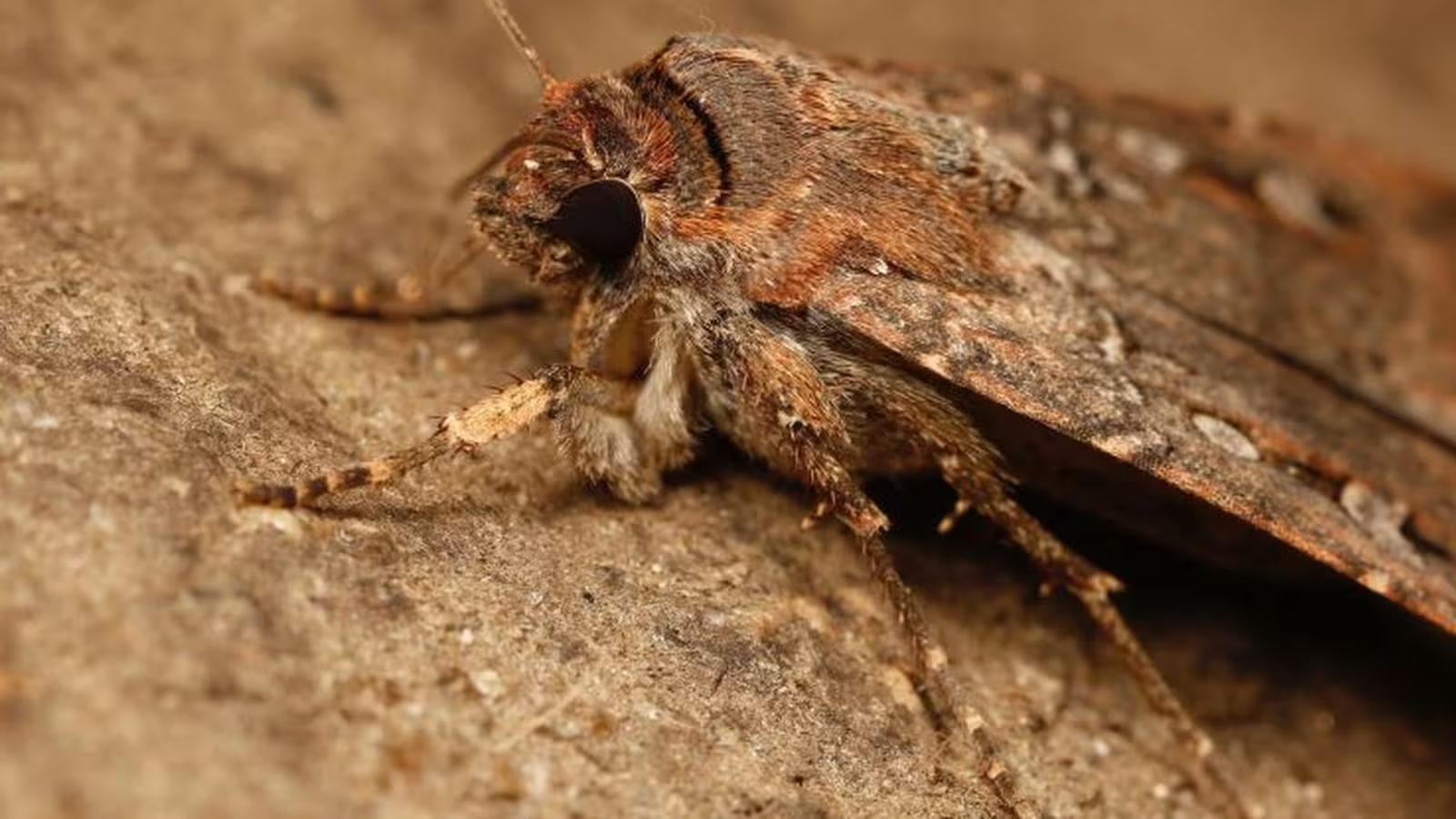
Comments